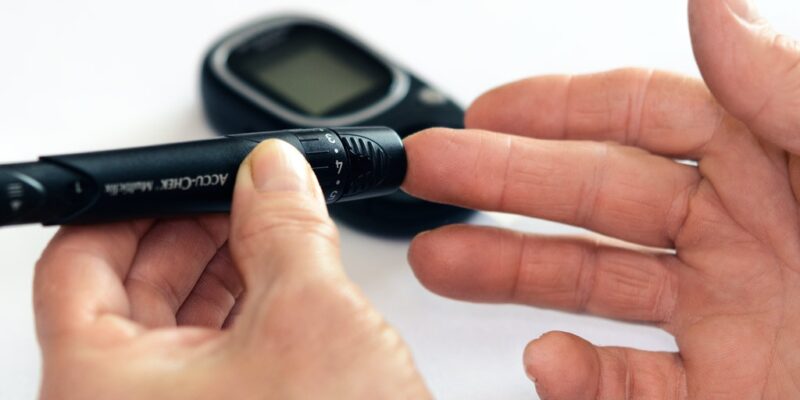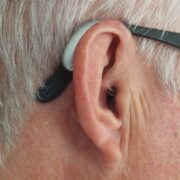Diabetes is a chronic disease that affects the way your body regulates blood sugar or glucose. Glucose feeds the body’s cells, but it needs insulin to enter the cells. People with Type 1 diabetes don’t produce insulin, whereas people with Type 2 diabetes don’t respond to insulin well and later don’t produce enough insulin.
Type 1 and Type 2 diabetes both have symptoms that include frequent urination, excessive thirst, excessive hunger, high fatigue, blurry vision, and cuts and sores that don’t heal properly. Other symptoms are irritability, mood changes, and unintentional weight loss. Some also have numbness and tingling in their hands and feet. The numbness tingling can be reduced by good glucose management.
There Are Certain Important Differences
People with Type 2 diabetes won’t have symptoms for many years, and the symptoms will also develop slowly over time. Some will have no symptoms at all and don’t even discover that they have diabetes until complications start.
The symptoms of Type 1 diabetes develop over the course of several weeks. It’s also called juvenile diabetes because it develops in childhood or adolescence. But it can also develop later.
Causes
Type 1 diabetes is caused by the immune system mistaking healthy insulin-producing beta cells in the pancreas for foreign invaders. The immune system attacks and destroys those cells, and after that, the body can’t produce insulin.
People with Type 2 diabetes produce insulin, but their bodies can’t use it effectively. Researchers aren’t sure why this happens, but lifestyle factors like inactivity and excessive weight can contribute to this, along with genetic and environmental factors. Your body tries to compensate by producing more insulin, but because your body can’t use it properly, glucose accumulates in your bloodstream.
Type 2 diabetes occurs more often than Type 1. There isn’t a cure for Type 1 diabetes. Since the body doesn’t produce insulin, it has to be regularly injected into the soft tissue of the body. Some people also use insulin pumps. Type 1 diabetes also requires people to test their sugar repeatedly.
Type 2 can be managed and reversed with diet and exercise alone. But some people need extra support in the form of medication to help their body use insulin effectively.











Comments